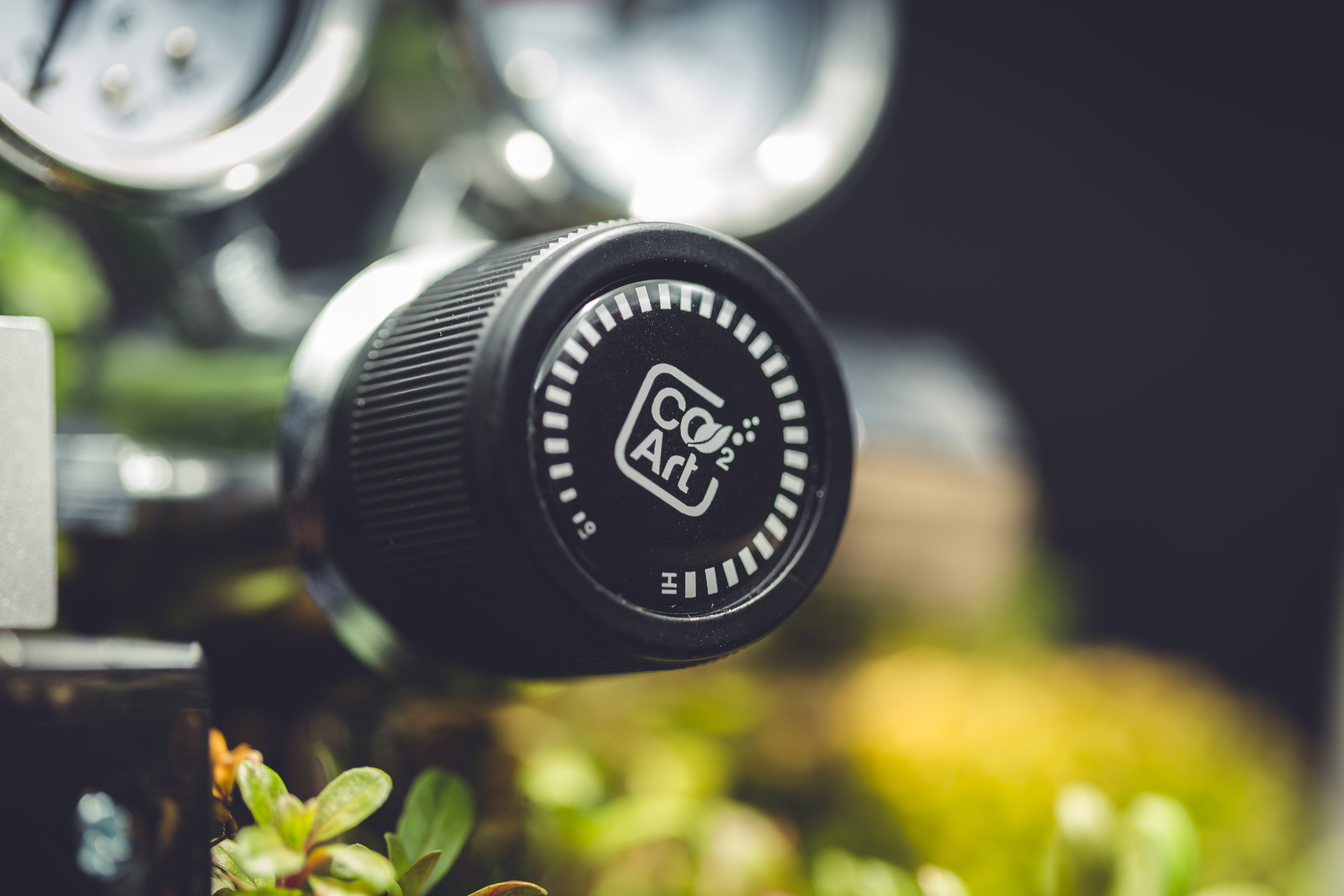Why do aquarium plants melt?
Plant melting is a common issue that many aquarium enthusiasts encounter, and it can be a distressing sight. Understanding why are my aquarium plants turning brown is crucial for maintaining a healthy aquatic environment. Melting aquarium plants not only affect the aesthetic appeal of your tank but can also indicate underlying problems that need to be addressed promptly. Identifying the causes and taking appropriate actions can help in restoring the vitality of your aquatic plants.
The appearance of aquarium plants browning or deteriorating can signal a range of issues, from inadequate lighting to nutrient deficiencies. This article will delve into the various reasons behind aquarium plants melting and provide solutions to help you keep your plants healthy and thriving.
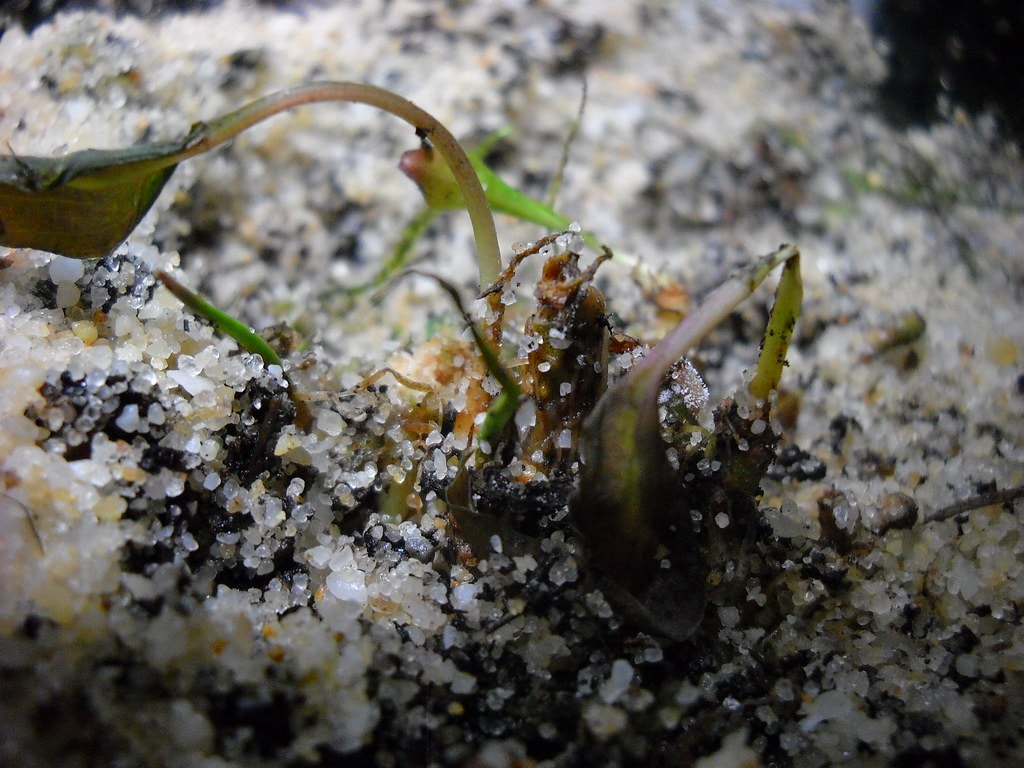
Understanding Plant Melting
Plant melting occurs when aquarium plants undergo a rapid decline in health, often leading to the dissolution of their leaves and stems. This process can be alarming, especially when you notice your new aquarium plants turning brown shortly after being introduced to the tank. Understanding the underlying reasons for plant melting is essential for effective intervention.
The melting aquarium plants phenomenon is usually a response to stress factors in the tank environment. By identifying the specific causes of plant stress, you can take steps to correct the issues and prevent further deterioration of your aquarium plants.
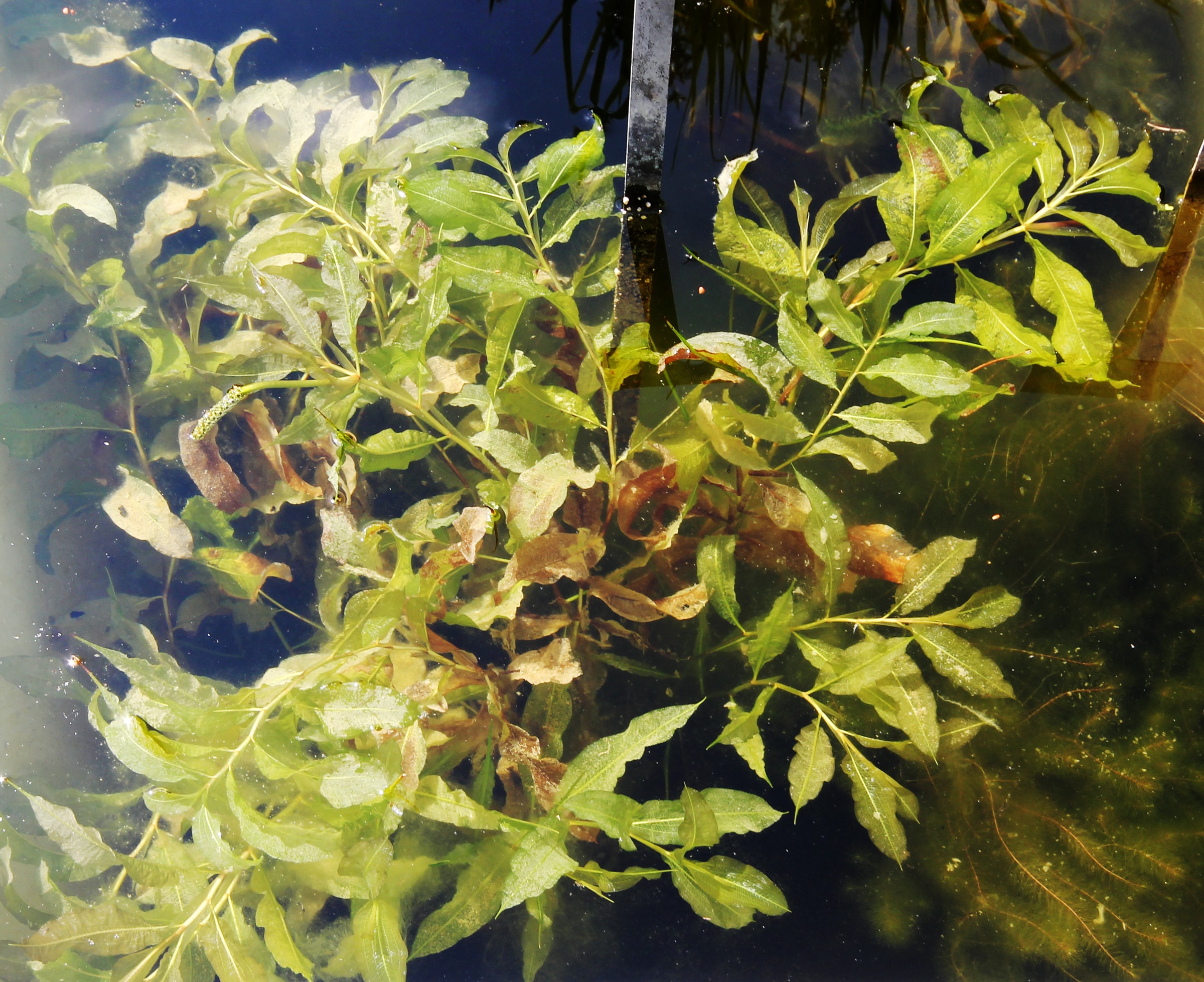
Poor Lighting Conditions
Lighting is a critical factor for the health of aquarium plants. Inadequate lighting can result in aquarium plants browning and eventually lead to plant melting. Plants require the right intensity and spectrum of light to perform photosynthesis effectively. If your lights are too dim or not suited to your plants’ needs, it can cause them to turn brown and deteriorate.
Conversely, excessive lighting can also lead to problems. Aquarium plants melting can occur if plants are exposed to too much light, which can result in algae overgrowth and increased stress. Ensuring that your lighting setup meets the specific needs of your plants is essential for preventing why are my aquarium plants turning brown issues.

Nutrient Deficiencies
Nutrient deficiencies are a common cause of aquarium plants melting. Plants require a balanced supply of essential nutrients to maintain their health and vibrancy. When nutrients are lacking, new aquarium plants turning brown is often one of the first signs. Key nutrients such as nitrogen, phosphorus, potassium, and trace elements must be present in adequate amounts for optimal plant growth.
When aquarium plants browning occurs, it may be an indication that your plants are not receiving the necessary nutrients from the substrate or water column. Regularly testing and adjusting nutrient levels can help prevent plant deterioration and ensure that your aquarium plants remain healthy and robust.
Inadequate Substrate
The choice of substrate in a planted tank plays a significant role in the health and growth of aquatic plants. An inadequate or unsuitable substrate can lead to plant melt and contribute to plants melting in your aquarium. For instance, substrates lacking essential nutrients or those that do not provide proper anchorage can hinder submerged growth and cause new plants to struggle.
In contrast, a well-chosen substrate can support robust growth and provide the necessary nutrients for healthy plants. Nutrient-rich substrates or those designed specifically for planted aquariums can improve plant health and prevent issues like dying leaves and plant melt. Regularly assessing the substrate and making necessary adjustments ensures that your planted tank supports thriving aquatic life.
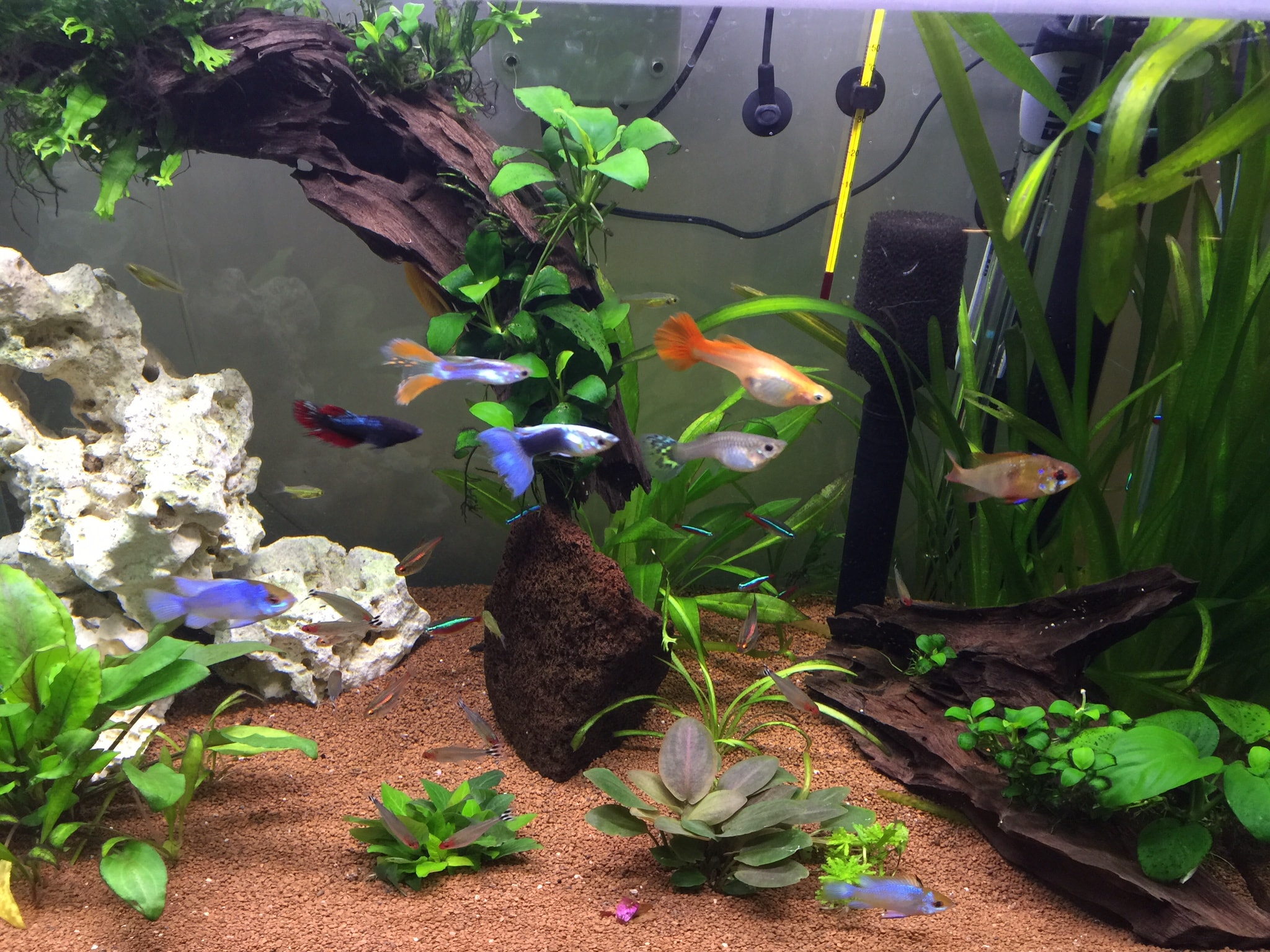
Water Quality and Temperature Fluctuations
Water quality is a crucial factor in maintaining a healthy planted tank. Poor water conditions, such as high ammonia levels or unstable temperatures, can lead to plant melting and new plants struggling to establish. Fluctuations in temperature can cause stress, leading to problems like plants melting or new aquarium plants turning brown as they adjust to their new environment.
Maintaining stable water parameters and conducting regular water changes help prevent these issues. Ensure that the water column is well-maintained with balanced nutrients to support healthy plants. By addressing water quality and temperature, you can foster an environment where aquatic plants thrive and minimize the risk of plant melt.
CO2 Injection Problems
CO2 injection is crucial for the health of a planted tank, as it provides essential carbon for photosynthesis. However, improper CO2 levels or system malfunctions can lead to plant melt and other issues. If CO2 is not adequately supplied or if there are inconsistencies in the CO2 injection system, plants melting can occur. This issue is often visible in new plants that struggle to adapt and exhibit symptoms like dying leaves or poor growth.
To ensure effective CO2 injection, regularly check the system for leaks or malfunctions and adjust the CO2 levels based on the needs of your planted aquarium. Proper CO2 dosing helps in maintaining a healthy water column, which is essential for robust submerged growth and overall plant vitality. Addressing CO2-related issues can prevent melting occurs and promote a thriving aquatic environment.
Improper Plant Transition
Introducing tissue culture plants into a planted tank requires careful acclimation to avoid plant melt. New aquarium plants turning brown or exhibiting signs of stress is often due to improper transition from their previous environment to the new environment of your tank. Tissue culture plants, while often resilient, still need a period of adjustment to adapt to the conditions of their new tank.
During this transition, ensure that the planted aquarium has stable parameters and that the plants are properly planted in a suitable substrate. Providing adequate light and nutrients helps support submerged growth and prevents plants melting. Monitoring the health of the new plants and making necessary adjustments will aid in a smoother acclimation process, reducing the likelihood of plant melt and ensuring successful integration into your aquarium.
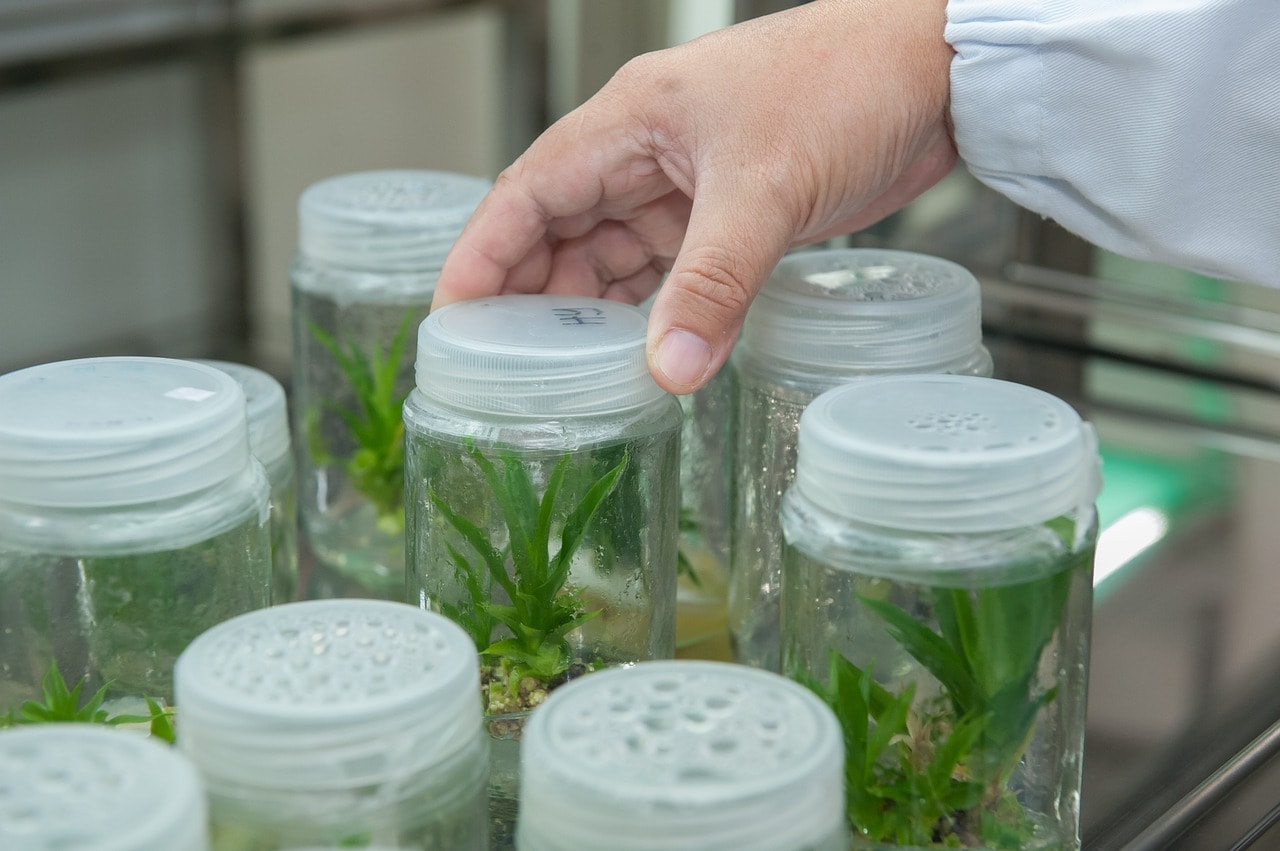
Pests and Diseases
Pests and diseases can significantly impact the health of aquatic plants in a planted tank, leading to symptoms like plant melting and new plants struggling to thrive. Common pests such as hair algae and plant-eating snails can damage plant tissues, resulting in dying leaves and reduced growth. Additionally, diseases caused by pathogens can affect tissue culture plants, leading to issues like plant melt and overall plant decline.
To manage pests and diseases, regularly inspect your plants for signs of infestation and take appropriate action, such as using treatments or removing affected plants. Maintaining good tank hygiene and water quality can also help prevent the spread of diseases and promote a healthier environment for your submerged growth. Addressing these issues promptly will help maintain the vitality of your planted aquarium and minimize the impact on your plants.
Algae Overgrowth
Excessive algae growth is a common problem in planted tanks that can severely affect plant health. Algae competes with aquatic plants for nutrients and light, leading to issues such as plant melting and new plants not thriving. Hair algae and other types of algae can smother plants, blocking light and disrupting their ability to photosynthesise, which results in dying leaves and poor growth.
To combat algae overgrowth, ensure your aquarium is not overstocked and that you maintain a balanced nutrient regimen. Regular water changes and the use of algae-eating organisms or treatments can help manage algae levels and support healthy plants. By addressing algae issues, you can create a more favorable environment for your submerged growthand prevent plant melt.
Root Rot
Root rot is a serious issue in planted tanks that can lead to plant melting and overall deterioration of your aquatic plants. This condition often results from poor substrate conditions, overwatering, or inadequate oxygenation around the plant roots. Symptoms include dying leaves, weak growth, and a foul smell from the substrate. Tissue culture plantsare not immune to root rot, and once the roots are affected, it can quickly lead to new plants struggling to establish themselves.
To prevent root rot, ensure that your substrate is well-aerated and not prone to compaction. Implementing a good filtration system and maintaining proper water quality, including regular water changes, can help prevent the buildup of harmful anaerobic conditions. By addressing root health and ensuring proper substrate conditions, you can support healthy plantsand avoid issues like plant melting.
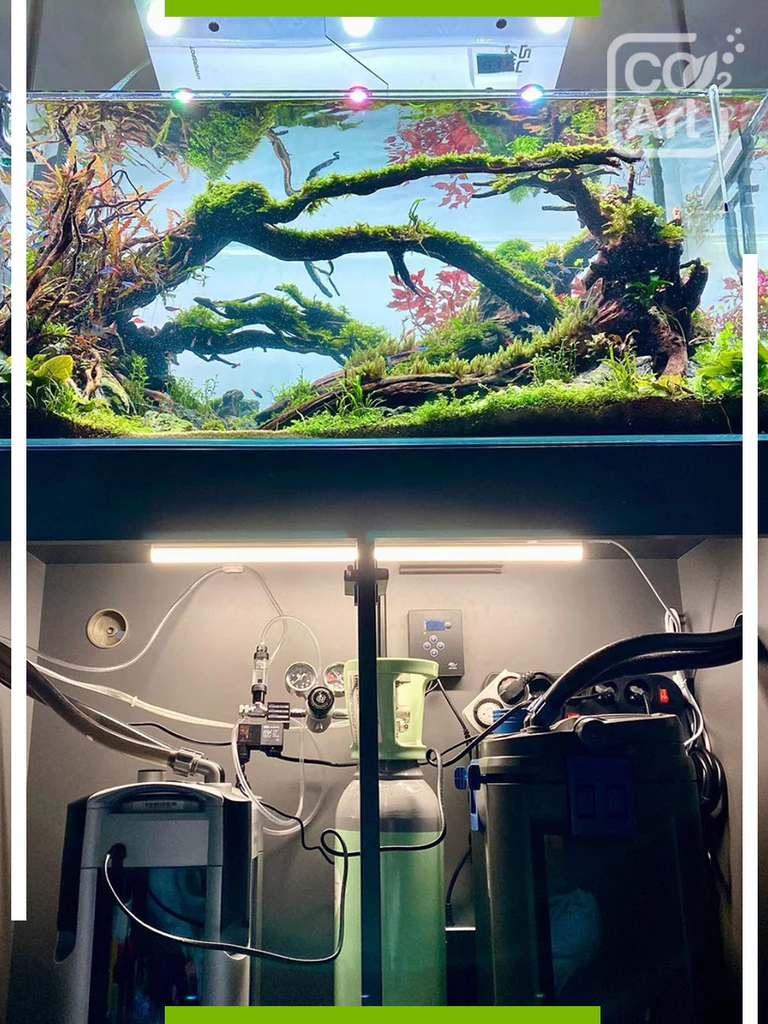
Poor Water Circulation
Effective water circulation is crucial for maintaining a balanced environment in a planted aquarium. Poor water movement can lead to issues such as uneven nutrient distribution, which contributes to plant melting and stunted growth. Inadequate circulation affects submerged growth by creating stagnant areas where aquatic plants may struggle to receive the nutrients they need. This can be especially problematic for new plants trying to establish themselves in their new environment.
Improving water circulation involves adjusting the placement and flow rate of your filter or adding additional water pumps to ensure even distribution of nutrients and CO2 throughout the tank. Proper circulation helps maintain a healthy water column, promoting robust growth and preventing plant melt. Regularly monitoring and adjusting water movement can significantly benefit the health and vitality of your planted tank.
Plant-Specific Requirements
Different plant species have unique needs that must be met to ensure their health and prevent issues such as plant melting. Understanding the specific requirements of each species, including light intensity, substrate type, and nutrient levels, is crucial for successful planting. For instance, tissue culture plants often have different needs compared to other types of plants and may require special care when transitioning to a planted tank.
Neglecting these requirements can lead to problems such as new plants not thriving or existing plants showing signs of stress like dying leaves and plant melt. Researching the needs of your aquatic plants and making adjustments to your tank setup can help ensure that you meet these requirements. Providing tailored care based on plant species will support robust growth and minimize the risk of issues related to plant melting.
Preventative Measures and Solutions
To avoid issues like plant melting and ensure a thriving planted aquarium, it's important to implement effective preventative measures. Regular water changes and monitoring of water column parameters such as ammonia levelsand nutrient concentrations are key. Maintaining consistent water quality and addressing any changes promptly can help prevent stress on your aquatic plants.
Additionally, ensuring proper planting techniques and providing adequate lighting and CO2 can support healthy plants and promote vigorous growth. Addressing common problems such as algae overgrowth and root rot with appropriate solutions will contribute to a balanced and thriving tank environment. By proactively managing these factors, you can prevent plant melting and enjoy a vibrant, well-maintained planted tank.
Meet our bestseller! The Pro-Elite Series Complete Aquarium CO2 System with New Inline CO2 Diffuser!





